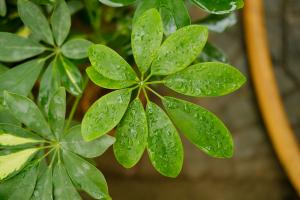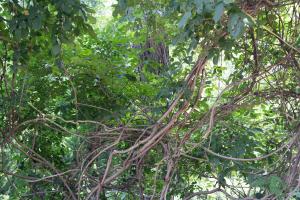1、 Proper water management
When we maintain indoors, the pot soil often accumulates water. After the water accumulates, the plant will rot its roots. After the roots decay, the nutrients can not reach the leaves, and the leaves will turn yellow. At this time, we can take the plants out of the pot and see the growth state of the roots. If there are not many rotten places, we can slightly cut off the rotten parts and put them in a ventilated and cool place to dry the pot soil and then supply water; If the rotten part of the root is serious, the root of the plant should be re cut in time, disinfected after soil change, and then replanted until the plant recovers itself
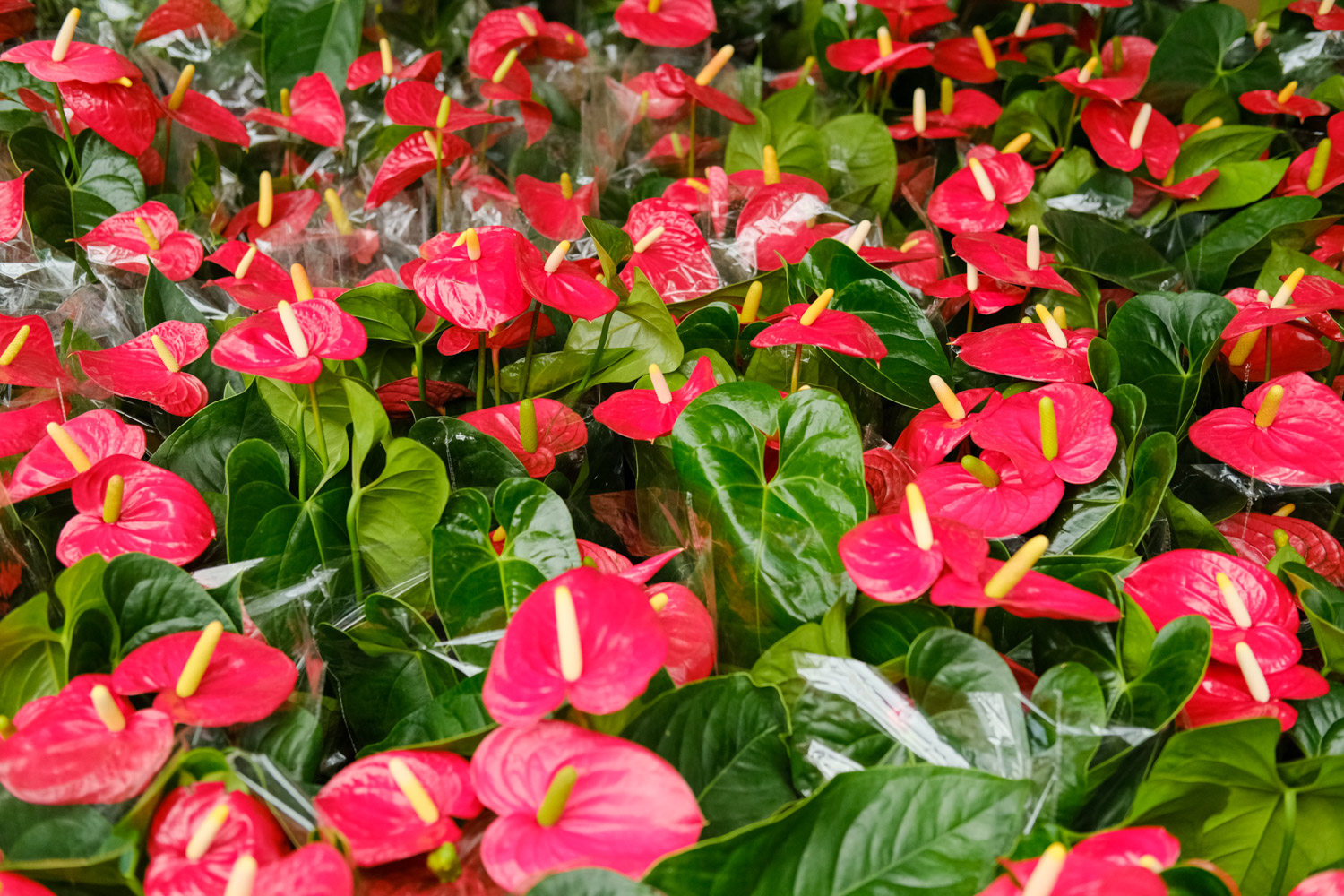
2、 Light discomfort
If Anthurium andraeanum is refracted by the sun for a long time, the plant cannot stand burning and will produce macular spots. It is necessary to semi shade the plant in time or take it into a bright place indoors, just give appropriate scattered light
Observe the growth environment of your own Anthurium andraeanum. If it is in a dark corner, it is because you can't get the light to produce yellow leaves. You should supplement the light in time. You can get it to the window or balcony
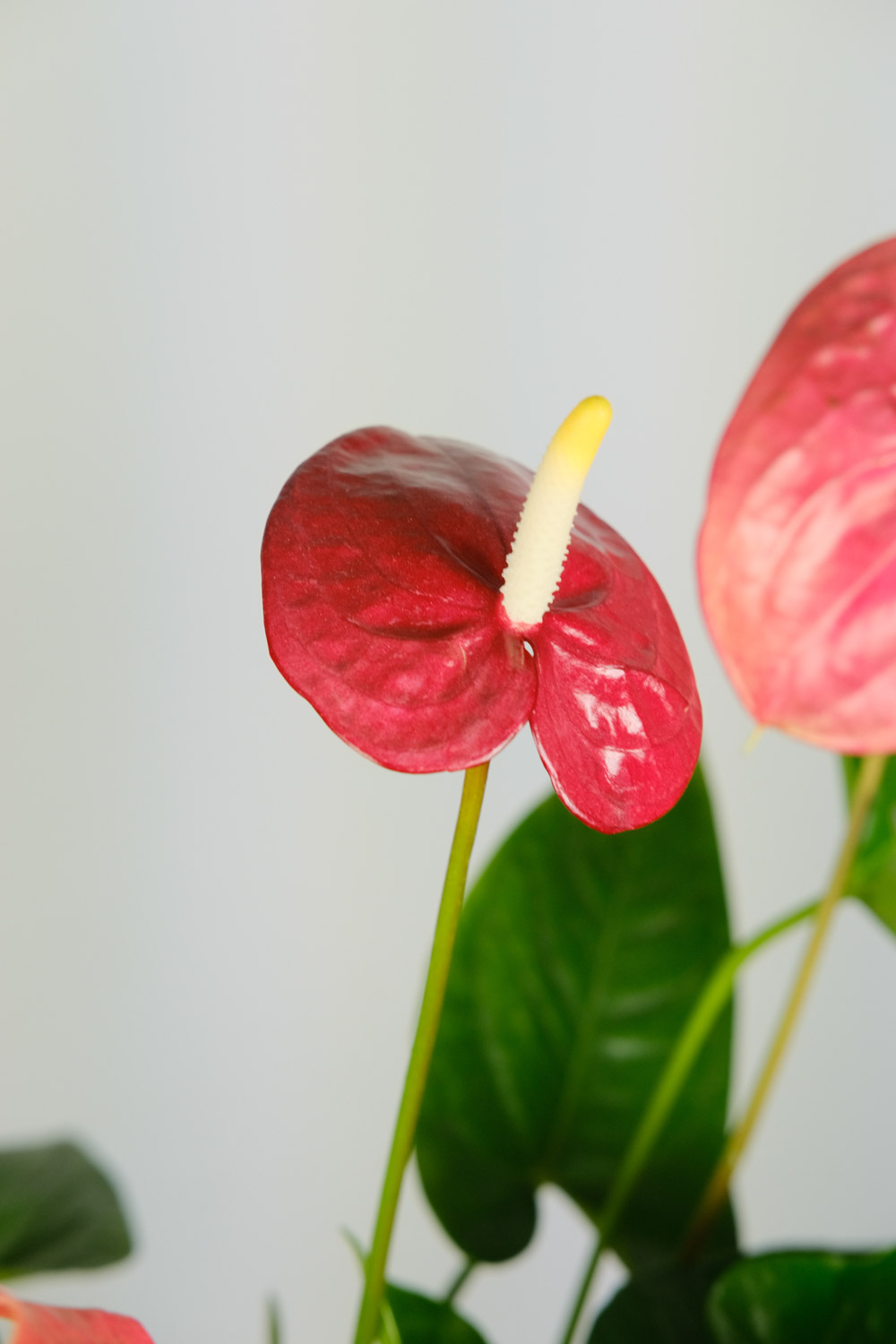
3、 Fertilizer damage
If raw fertilizer is applied or the amount of fertilizer is too large and too thick, it shall be diluted with water in time, and the excess fertilizer shall be discharged through irrigation. If it cannot be discharged, it shall be replanted
Lack of fertilizer in Anthurium andraeanum will also cause yellow leaves. It is necessary to add rotten liquid fertilizer or replace nutrient soil as soon as possible. During normal maintenance, pay attention to thin fertilizer and frequent application, not too thick
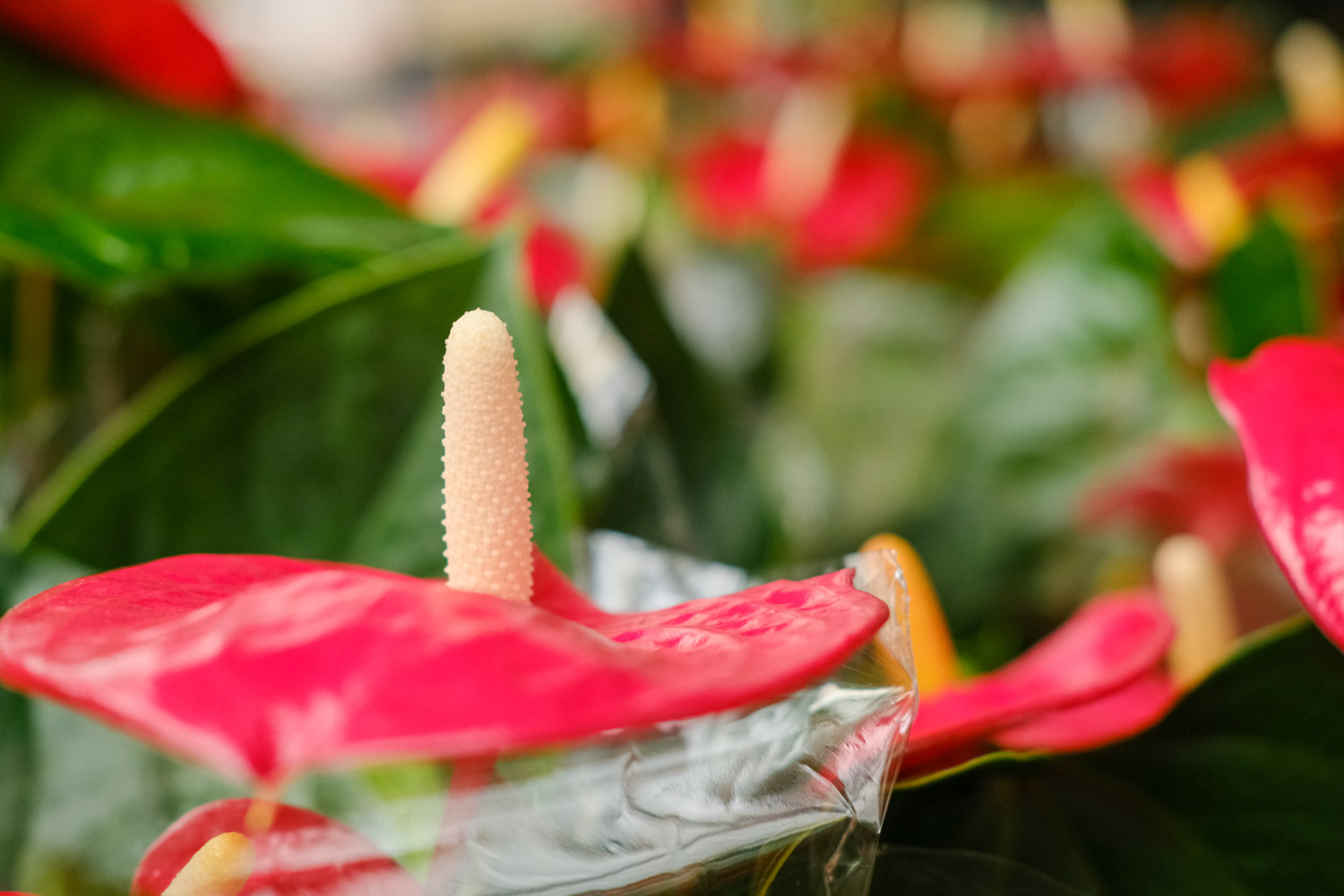

 how many times do yo...
how many times do yo... how many planted tre...
how many planted tre... how many pine trees ...
how many pine trees ... how many pecan trees...
how many pecan trees... how many plants comp...
how many plants comp... how many plants can ...
how many plants can ... how many plants and ...
how many plants and ... how many pepper plan...
how many pepper plan...

